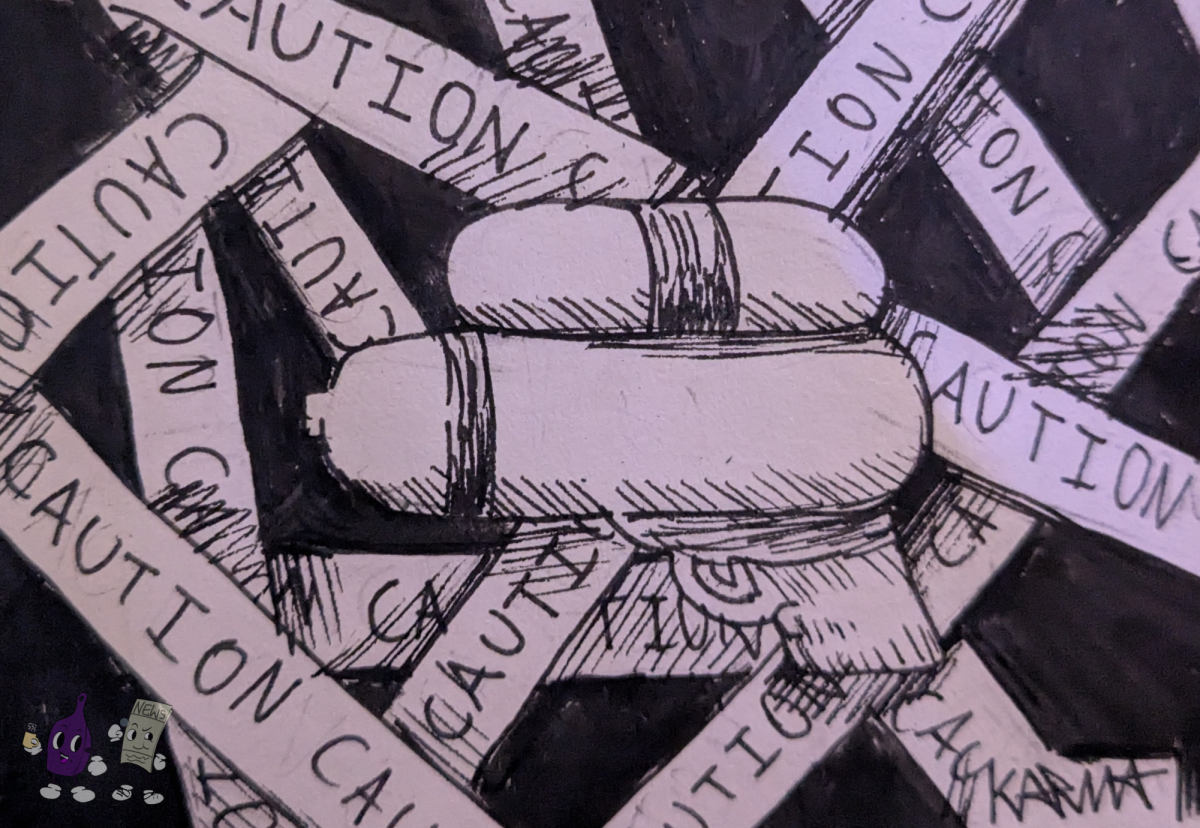TRIGGER WARNING: THIS ARTICLE CONTAINS DISCUSSION OF SUICIDE, GANG VIOLENCE, DEATH
On August 31, 2024, a 17-year-old in high school shot 49ers rookie, Ricky Pearsall, during an attempted armed robbery in California. On September 13, 2024, a teen was found guilty of shooting a gun near the school grounds of North College Hill. On October 2, 2024, a student at Swainston Middle School had carried a gun on campus that was eventually confiscated. And on September 6, 2024, a fifteen-year old was shot and killed by a fellow classmate at Maryland High School.
The OJJDP became an established organization after the Juvenile Justice and Delinquency Prevention Act of 1974 went into law. OJJDP’s goals are to ensure children’s protection and work to prevent any youth delinquency. Research done by the Office of Juvenile Justice and Delinquency Prevention (OJJDP) found that “known juvenile offenders were involved in about 1,122 murders in the U.S. in 2020, representing about 8% of all known murder offenders”
Since the turn of the 21st Century, an estimated 2.5 million people have been injured in gunfire, and around 750,000 people have been killed. After 2020, research has found a 33% increase in generalized gun crime.
These statistics are startling. Unfortunately, without a clear idea of how or why the future generations are committing these crimes, there can be no change within the United States.
Gang Violence
A gang is defined by how a group of people, specifically young people, go around together and create mischief in most cases. Gang violence is defined as a group of young people who work together to intentionally injure or sometimes kill people outside of their group.
Oftentimes, it can be hard for an adolescent to know if they are involved in a gang until it’s too late. On occasion, the gang participant or their parents are able to recognize the more obvious signs of gang activity. Gangs are more organized than the common peer group, and the people involved tend to stay the same. However, friend groups can often be mistaken for small gangs. In fact, it only takes three people to formally form a gang.
Not all gangs are dangerous, however, most of them have the potential to be a serious threat to either a community or the teens themselves.
Educational Factors
A lack of education can result in limited job opportunities, poverty, and poor health, among more serious concerns. Due to education having a strong connection to economic instability, it is easy to recognize that most families that have a lack of education struggle to find a safe home, and may even struggle to even afford education for their teens.
This is why it is more likely for teens who miss school to be involved in more fraudulent practices. Teens participating in after school activities or have a higher school attendance are less likely to be involved in crime.
Mental Health Factors
On average, there is a lower percentage of people who die from violent shooting than those who commit suicide. In fact, in 2021, 48,830 people died from gun related fatalities. Out of that amount, only 1.5% were in mass shootings, and a little more than 1% for police shootings. 60% of armed incidents were suicides.
It is important to recognize that men have a higher suicide rate, and have a higher suicide rate by gun as well. Due to the lack of mental health diagnosis given mostly to younger children and men, all of the suicides committed by diagnosed patients were taken away, the suicide rate would only go down by 1%.
However, while men and younger children are more likely to commit suicide, women are more likely to be targeted during violent gun attacks. “Around 53 women are shot and killed by an intimate partner every month. One study found that around ⅓ of mass shooters from 2014-2017 were suspected of domestic violence.”
Life in Poverty
Impoverished people often struggle with making ends meet, receiving food, finding clean water, and affording a stable home. Families that are raised around, or live in this type of environment are more likely to turn to gun violence, even if just for their own survival.
Poverty is found to have a strong connection to gun violence, even when researchers removed other biases, including but not limited to: race, ethnicity, sex, age, and income rates.
Without a proper home, people experience more stress and an increased risk of participating in self-harm. It is also a more dangerous place for them to live in. Gentrified neighborhoods have a 62% higher firearm injury rate than compared to other living environments.
Media Influence
Social media has a strong prevalence in people’s lives, specifically during this age. Media is how people know what’s relevant and how people connect to other’s, such as friends and family. However, as multiple people recognize, there is often a darker side as well.
Teens have been found to post pictures of themselves holding guns, cash, or other weapons, boasting and sometimes calling out their ‘rivals’. Although it seems rather silly, the threat is still there and is impacting other people’s lives.
And it’s not just the teens to blame. Multiple firearm industries and gun lobbies openly advertise to younger kids to promote their products online. These companies disregard the lethal consequences. Their marketing involves including the phrases “for kids, by kids” and are constantly promoting the idea of them being “kid friendly”.
Gun violence among adolescents is a serious problem, and it shouldn’t be taken lightly. Families and teens who are struggling usually resort to any kind of violence in order to support themselves, their families, or sometimes their pride. One of the most common types of violence is guns.
Multiple people have paid the cost with their own lives, even as innocent bystanders. Children and teens shouldn’t feel the need to harm themselves or others, all because that is the only option they could think or do. This is a large problem, but without change within our economic, educational, and community awareness, then there can be no positive growth.





